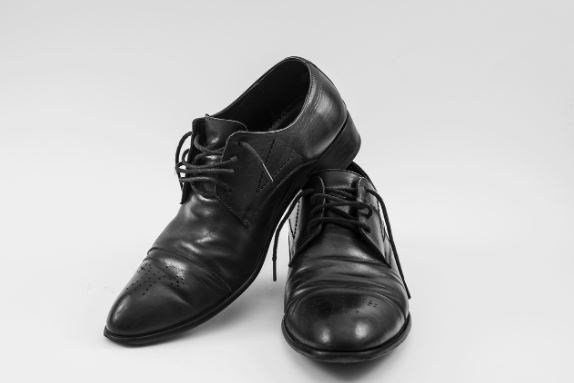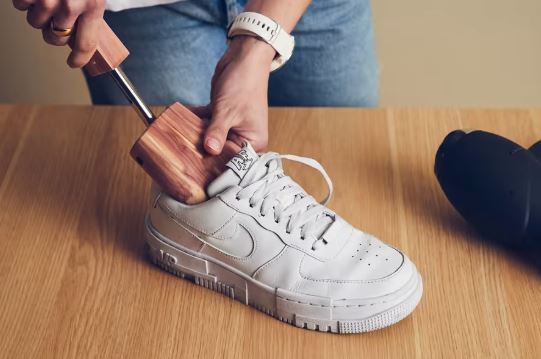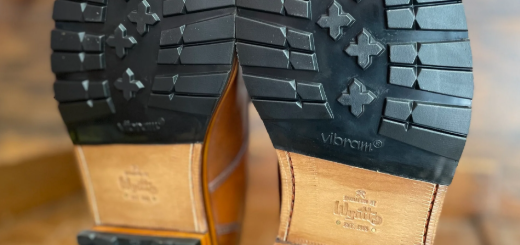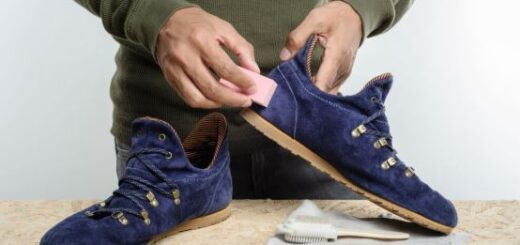10 Proven Ways to Stretch Tight Shoes for a Perfect Fit
Having shoes that feel just a little too tight can quickly turn a good day into an uncomfortable one. Whether it’s a pair you just bought or a longtime favorite that now feels snug, you don’t have to suffer or give up on them. Thankfully, there are safe and effective ways to loosen shoes slightly and make them more comfortable. Let’s explore practical techniques you can use to help your shoes fit more comfortably.

Selecting Shoes That Can Be Stretched
Before attempting to stretch any pair of shoes, it’s important to assess if the material and design will respond well to the process. Not every shoe type is suitable for stretching. Here’s what to consider:
- Flexible materials respond best: Leather, suede, and fabric-based shoes generally adapt well to stretching methods. Stiff synthetics or rigid plastics, however, often resist change.
- Construction matters: Footwear that is stitched tends to hold up better under stretching attempts than those that are heavily glued.
- Avoid solid or firm soles: Shoes with thick or hard soles may not stretch at all. Stick to those with a softer or more flexible base.
- Look for design features: Footwear with adjustable elements like laces, buckles, or elastic inserts can be easier to modify than slip-ons or fully enclosed styles.
Choosing the right shoes before you start the process makes all the difference between success and disappointment.

Practical Techniques to Loosen Your Shoes
Break Them In Gradually at Home
Wearing your shoes around the house is the most straightforward method. Slip on thick socks, put the shoes on, and walk around indoors. The warmth from your feet, combined with the added bulk of the socks, helps the material stretch naturally over time.
Use a Blow Dryer and Thick Socks
Put on your thickest socks and wear the shoes. Then use a blow dryer to warm the tight areas for about 30 seconds at a time, flexing your feet as you go. The heat softens the material, and your feet will gently reshape it. Let the shoes cool while still on to hold the form.
Freeze Them for a Gradual Stretch
Take two ziplock bags, fill them halfway with water, and seal tightly. Tuck each bag inside a shoe and then place the shoes in the freezer. As the water turns to ice, it expands and exerts outward pressure. After freezing overnight, let them thaw before removing the bags.
Fill the Shoes Overnight
If you’re not keen on using water or heat, try stuffing the shoes with thick materials—rolled-up socks, cloths, or even balled-up newspaper. Leave them tightly packed overnight. The internal pressure gently encourages the material to relax and stretch.
Potato Method for Targeted Pressure
Take a peeled, dry potato shaped to match the area you want to expand, and insert it into the shoe. Leave it for several hours or overnight. The moisture and shape of the potato will slowly stretch the tight section without damaging the material.
Use Adjustable Shoe Inserts
Shoe trees—especially those designed to stretch footwear—are an excellent long-term solution. Insert them and adjust to your preferred width or length. They’re particularly useful for leather shoes and can be left in place between wears to preserve shape.
Apply Stretch Sprays
Sprays specifically made to stretch shoes work by softening the material. Apply the spray directly to the inside of the shoe, especially on pressure points. Then wear the shoes while damp or insert stretchers immediately. Follow the instructions on the product for best results.
Let a Cobbler Handle It
For delicate or high-value shoes, visiting a professional cobbler is your safest bet. They have specialized tools and years of experience adjusting tight shoes without damaging them. A cobbler can also assess if your footwear is a good candidate for stretching at all.
Use Rubbing Alcohol and Water
Combine equal parts water and rubbing alcohol in a spray bottle. Lightly mist the interior of the shoes, then wear them with socks while still damp. Alternatively, soak a cloth in the solution and use it to dab the tight spots before slipping the shoes on.
Shoe Stretching Devices
You can purchase stretchers that are designed to expand footwear both in length and width. Simply insert the device, twist to adjust the tension, and leave it in place for 24–48 hours. These tools are especially handy for repeated use on multiple pairs of shoes.
Staying Safe While Stretching Your Shoes
While the methods above are generally safe, there are a few precautions you should always keep in mind:
- Be gentle, especially at first: Begin with low-pressure or non-invasive approaches. Only escalate to heat or stretchers if the mild methods aren’t enough.
- Don’t force it: Overdoing it can permanently deform the shoe or even tear the material.
- Test after stretching: Once you’ve stretched the shoe, try walking in it for a few minutes indoors to ensure it now fits better without new pressure points.
- Watch your use of heat: If using a blow dryer or other heat source, avoid excessive heat or close contact. High heat can crack, shrink, or warp certain materials.
- Know the limits of your shoe: Synthetics and vinyls typically don’t react well to many stretching methods and may break down if manipulated too aggressively.
- When in doubt, seek help: For expensive or irreplaceable pairs, don’t take chances. A cobbler’s assistance is worth the small investment.
By following these precautions, you can avoid damage to your shoes and ensure your feet get the comfort they deserve.
Signs That Your Shoes Don’t Fit Properly
Shoes that don’t fit well aren’t just uncomfortable—they can cause real problems over time. Here are a few signs you might need to adjust your footwear:
- Toes feel squeezed: A narrow toe box can restrict movement and irritate the skin.
- Heel doesn’t stay in place: Too much slipping at the back can lead to blisters.
- Pain in arches or ankles: Poor alignment and lack of support can strain your feet.
- Tingling or numbness: A tight fit can compress nerves and restrict circulation.
- Calluses and blisters: These are often caused by friction due to poor sizing.
If you experience any of these symptoms, it’s a good idea to either stretch the shoes or consider a better-fitting pair.

Common Foot Issues Caused by Tight Footwear
Shoes that pinch or constrain your feet too much can lead to long-term discomfort and health problems. These include:
- Bunions: These bony bumps at the base of the big toe are aggravated by narrow shoes.
- Corns and calluses: Friction and pressure from tight areas cause hardened skin.
- Ingrown toenails: Shoes that press on the toe area may cause the nail to grow inward.
- Hammertoes: Cramped footwear can force toes into unnatural positions over time.
- Restricted circulation: Overly tight shoes limit blood flow, which can cause cold feet or numbness.
Being proactive about shoe fit can help you avoid these painful conditions.
Tips for Buying Shoes That Don’t Need Stretching
Preventing discomfort is always better than fixing it later. Here’s what to keep in mind when shopping for new shoes:
- Try them at the end of the day: Feet swell during the day, so try shoes when your feet are largest.
- Go for a slightly larger fit: If you’re between sizes, go with the bigger option and use insoles if necessary.
- Check the width: Many brands offer wide sizes—take advantage if you need extra space.
- Focus on the toe box: Ensure your toes can move freely without being squished.
- Prioritize support: Good arch and ankle support prevent discomfort over longer wear.
- Choose quality materials: Flexible, breathable fabrics are more forgiving and adapt to your feet better.
Choosing the right pair upfront reduces the likelihood that you’ll need to adjust them later.
Final Thoughts
Learning how to adjust tight shoes can dramatically increase comfort and prolong the life of your favorite pairs. Whether you try gentle at-home methods or consult a specialist, there’s likely a solution that works for your specific footwear. Always take material and construction into account before beginning any stretching process. With a bit of patience and the right approach, you can enjoy a perfect fit without compromising foot health or style.

Common Questions Answered
Can I stretch all kinds of shoes?
Not all shoes are created equal. Materials like leather and canvas respond well to stretching, while plastic or synthetic types may not.
What’s the ideal time to use a shoe stretcher?
Typically, shoe stretchers are most effective when left in place for 24 to 48 hours.
Is freezing shoes really effective?
Yes, the water-expansion trick can work well, especially on durable shoes. Just be cautious with any delicate fabric or glued components.
Should I use regular hair products to soften shoes?
Stick with shoe-specific sprays. Household products like conditioners may stain or weaken the material.
How do I know I’ve stretched them too far?
Signs include loose fit, permanent creases, or a floppy shape. Always go slow and check fit along the way.







